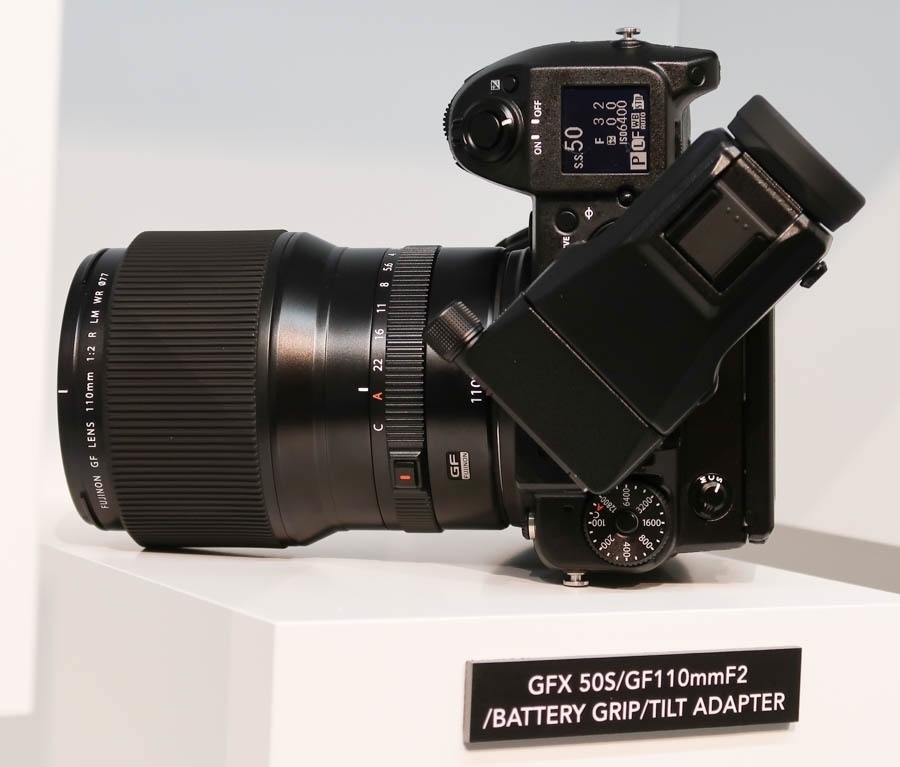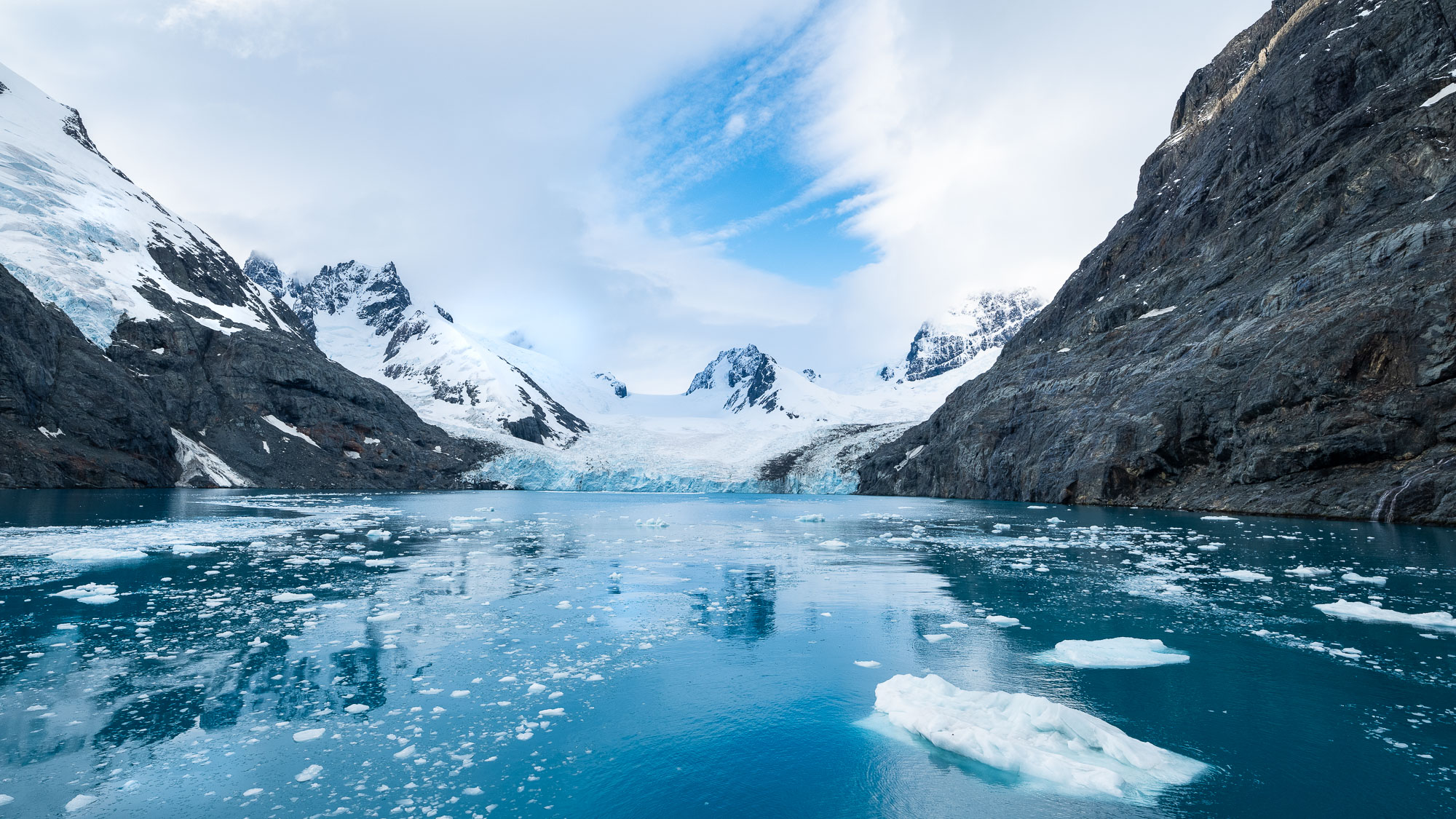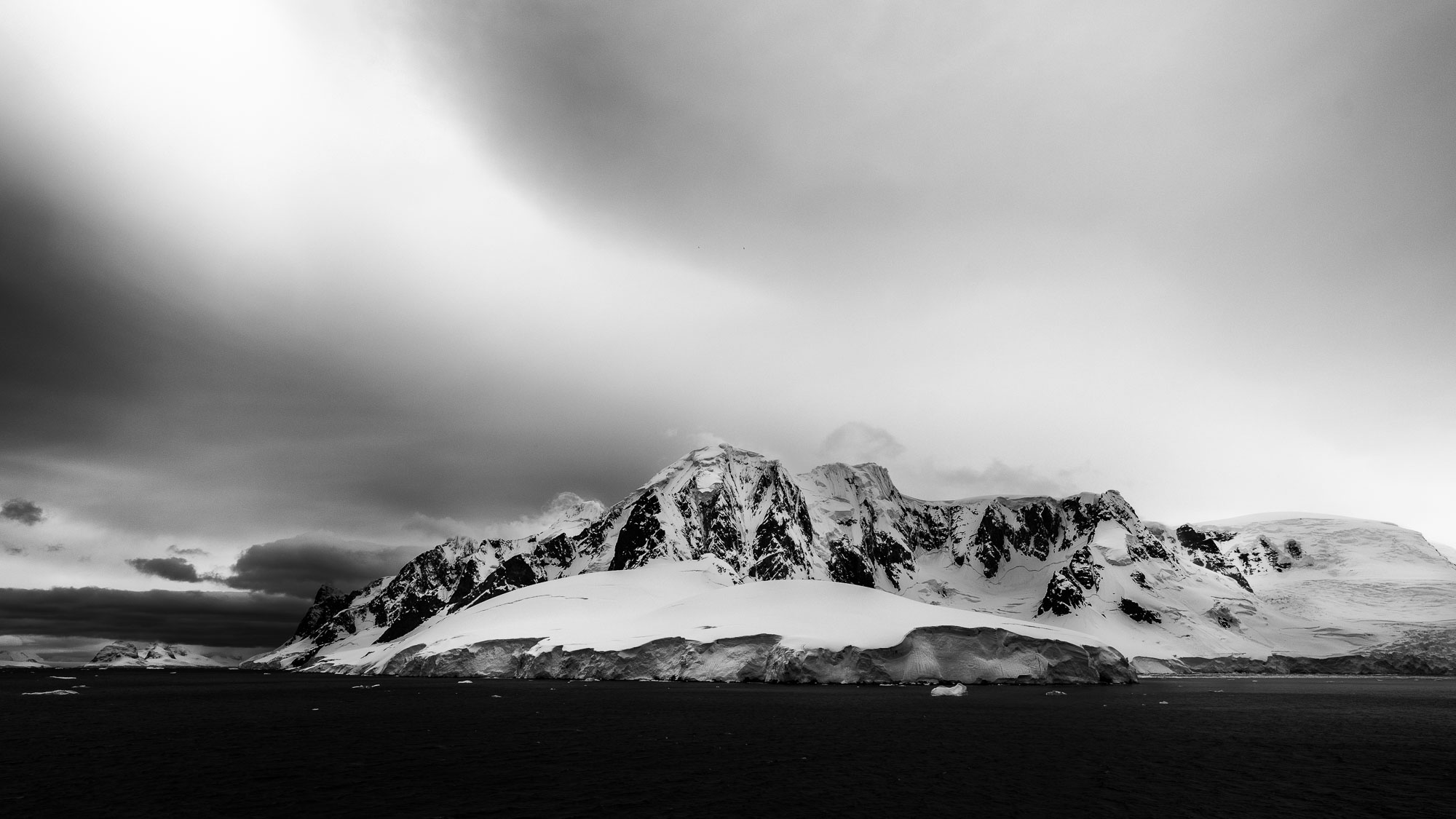
Fuji GFX-50S
A Pro's Field Review
As a professional photographer, here is my review of the Fuji GFX-50S. I’ve been shooting full frame film and digital Nikon and Hasselblad for more than 50 years. But when the Fuji GFX-S medium format system came out, I was intrigued and jumped in with both feet. I’ve now used the GFX and four of its lenses as my exclusive medium format system for almost 2 years and I thought it would be good to explain why I am so in love with this camera system, but also why I still use my Nikon D850 and assortment of Nikkor lenses.
I am not a technical reviewer and I don’t do bench tests. What I am is an award-winning professional landscape, wildlife and travel photographer. I judge a camera by only one thing. Does it do the job in the field for me? Period. I have no affiliation whatsoever with Fuji, so this is my own biased review, based on my photographic needs and style.
If you’d like to see my YouTube video of this review, click here. If you are so inclined, please be sure to “Like” the video , Subscribe to my channel and hit the bell tot he right of the subscribe button to be notified of new videos as we create them.
THE FILES: The Fuji GFX files are simply the best I’ve ever seen. The dynamic range is beyond insane, in the neighborhood of 15 true stops, with color gradations that are gradual and film-like (I dislike images that look too ‘digital’). The tonal gradations are natural and pleasing, at least to my eye, more so than any camera I have used up to now.

HANDLING: Ergonomically, the GFX-S rocks. It is not a light camera/lens system by any reckoning, but the grip is so well designed and the hand feel is so balanced I find myself walking with it for hours when I’m doing travel photography with no fatigue. To be candid, I have arthritis in my hands, so this has been a continuing surprise to me.
The camera controls are exactly where you’d want them, with a combination of dials and menu items that are really easy to access with your pointer finger and thumb. This is critically important to me. When I’m in the moment, I hate to be distracted by having to dig through endless menu solutions. I want an intimate bond with my camera, through the viewfinder, and let my fingers do the walking to make changes quickly.
BUTTONS: I absolutely love the button placements and the optional use of the electronic menu system. The function buttons can be customized in an astounding variety of ways, and I use them constantly. They allow me to keep my eye at the viewfinder without distracting me by pulling away to figure out what I have to do to get the shot I want. That is such a pleasure and time saver for me.
I have several buttons customized to allow me quick access to bracketing, using the mechanical versus electronic shutter, film simulation, etc. I’ll be doing a video on my YouTube channel showing how I have customized the buttons for my use as a landscape, travel and wildlife photographer.
I especially like the “Drive” button at the top of the camera, which allows me to instantly switch between a variety of camera functions, such as single shot, continuous AE bracketing, ISO bracketing, film simulation, dynamic range bracketing and so much more. See the lead image, above
Two more items that make the GFX a standout for working photographers. The back of the camera sports both a joystick and a 4-way selector button to navigate menus and place your focus point. Take your pick based on your preferred style! As an added bonus, the 4-way selector is also programmable. In active shooting mode, I use the four directions to quickly change white balance, photometry, film simulation and rapid auto focus.
ARTICULATED VIEWFINDER: One of my favorite things about the GFX is the optional articulated viewfinder. As a senior landscape photographer I find this so useful I consider it a necessity. This beauty tilts and turns so your back doesn’t have to. The location of the viewfinder is perfectly balanced in the middle of the camera body, another plus. It is also great for wildlife (as was the case with these penguins that I recently photographed in Antarctica).

For portraits, the articulated viewfinder is terrific. It allows for more intimate connection with your subject, since you only need to lift your eyes a bit to maintain a connection with your subjects. It also allows you to maintain a more stable platform as you shoot, keeping your elbows tight against your body.
MENU SYSTEM: I can’t say enough about the menu system, which is accessible in a variety of ways. It is intuitive, extremely customizable, and easy to access while in the field. I tested the Hasselblad X1D and didn’t like its difficult to access menu system. Having said all that, like anything new, the menu system does take some practice.
One feature of Fuji cameras in general, and in the GFX-S in particular, is the proprietary Q (Quick Menu) system. Easily accessed with the press of one button on the back side of the grip, the Q system gets you quickly to the most common menu items. But, you can also access the full menus through the dedicated menu button, conveniently placed within reach of your thumb.
LENSES: The Fujinon lenses are nothing short of fantastic, as evidenced by their 20-year collaboration with Hasselblad. Edge-to-edge sharpness on the GFX-S lenses is superb and the variety of lenses is good and always expanding. I own 4 lenses currently; 23mm (equivalent to approximately 17mm in full frame format), 32-64mm (approx. 24-50 in full-frame); 120mm macro (approx. 90mm in full frame) and 250mm (approx. 200 in full frame). I just can’t say enough bout these lenses.

If you want to see the full capability of these lenses, take a look at this recent blog. FOCUS: Acquisition is fast and accurate, but note that I am not talking about shooting wildlife or fast moving objects. For that I switch to my Nikon gear.
TILTING SCREEN: The tilting screen is very flexible, both in landscape and portrait modes.
TOUCH SCREEN: I’ll admit that I’m not really a touch screen photographer. I mean, I’ve used it occasionally, but I prefer to work through the viewfinder. The touch screen can be helpful to landscape shooters, especially if you are tripod mounted. It allows you to double tap for 100% view, scroll, etc.
TOP LCD: This may sound nuts, but the top LCD screen right behind the shutter release is extremely helpful and can be customized. The letters are large and bright. When I take a break and then return to my camera, I can see my settings at a glance. In a future video I will review all my settings on the GFX for those of you who shoot landscapes, travel, environmental portraits, and (static) wildlife.
WEATHERPROOF. I’ve had it out unprotected in rain, snow, brutal cold and steaming jungle. It works!
WI-FI/BLUETOOTH: Embedded WiFi and Bluetooth enable remote control of the camera and transfer of jpg images.
NEEDED IMPROVEMENTS
In my opinion, there are several factors you should consider before making the plunge into the GFX system. The first is its heft, and I’m not talking about the price tag. I’ll discuss that later.
Weight. The camera and its lenses are heavy. As a senior photographer I find that shlepping the system in my backpack takes a certain amount of dedication. If I weren’t doing this for a living I’m not sure if I would want to wrestle with this package. However, the camera/lens combination is so well balanced, even in my arthritic hands, I hardly notice the weight while shooting. Tilt-shift lenses. Fuji desperately needs to get out a line of T-S lenses or perhaps a T-S attachment similar to the HCD that Hasselblad used to have and that I loved using for their full-sized digital H system. Yes, I know that lots of photographers forego T-S lenses for focus stacking, but to me there is no substitute for T-S lenses.
Frame rate. The slow frame rate makes the camera fairly unusable for most wildlife photography. I am not saying it is totally useless, but at 3 frames a second, it can’t keep up with the speed of a 35mm system. Nonetheless, with relatively sedentary wildlife it works fine.
Battery power. The batteries could use a major upgrade. In cold weather I’ll go through 4-5 batteries during a full day of shooting.
Diopter. The diopter adjustment on the optional articulated eyepiece does not lock down, so I often find that it has shifted on me between locations. That’s a royal pain when you are ready to shoot.
Price. I’ll be the first to agree that the price of roughly $6,000USD represents a significant investment. But in my opinion, for the kind of work I do, this camera is worth every penny. If you are a serious amateur or pro, the cost differential between the GFX and some of the high end Canons or Nikons is not great. And, if you do create large prints of your work, as we do, the GFX is simply a superb instrument.
SUMMARY
The Fuji GFX-S is an exceptionally well built and well thought out camera designed for serious photographers. If you are thinking of moving up to medium format, and you shoot landscapes, travel or environmental portraits, I would strongly recommend this camera. It is not designed for continuous fast action photography.
In a future blog post and YouTube video I’ll compare the Fuji GFX-S with the lower priced Fuji GFX-R, which will leave about $1,500 USD in your pocket. But, be forewarned… there are trade-offs and sacrifices to be made.